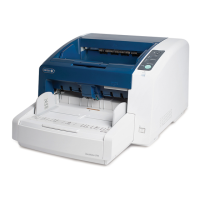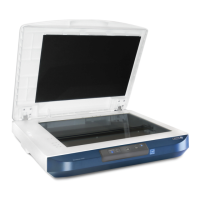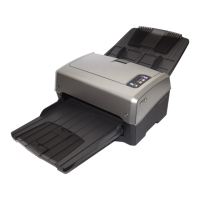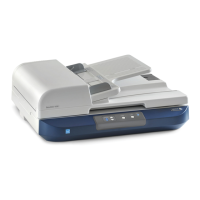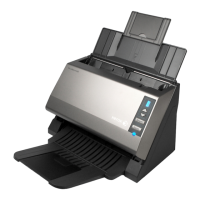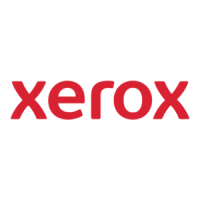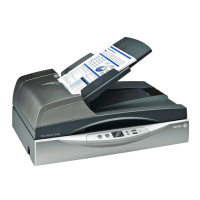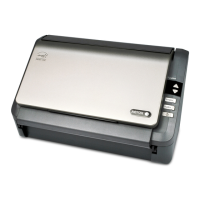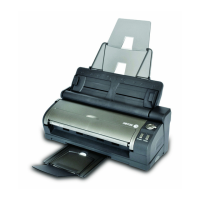Xerox DocuMate 4790
User’s Guide
70
Image Formats
Select an image file format for photos, artwork or other documents that you want to save as images.
BMP and TIFF are standard image file formats generally used if you want to do additional image
processing, such as photo touch-up or color correction.
Right-click on the BMP icon to access the GIF and PNG image formats. When you select either of these
formats, the format panel will change the BMP icon to the selected image format icon.
BMP—The *.bmp (bitmap) format is generally used when you want to do additional image processing,
such as photo touch-up or color correction, as very little image compression is used when creating the
file. When scanning in color or grayscale, BMP scans result in the largest file size of the image formats.
GIF—The *.gif (graphics interchange format) format is generally used when putting images on a website
or server, as image compression can reduce the file size by approximately 95% when compared to a BMP
file of the same image. Company logos and small pictures on a webpage are often GIF images. The GIF
compression, and limited color range, can result in the medium and large images looking grainy or pixi-
lated.
PNG—The *.png (portable network graphics) format is another common image format for website
graphics. Like GIF, the PNG compression greatly reduces the file size when compared to a BMP file of the
same image. However, the PNG compression is different from GIF compression in that PNG images look
better when scaled. Therefore, PNG is often used in place of GIF for company logos with a lot of detail,
clickable buttons, medium sized pictures, and so on.
TIFF—The *.tif (tagged image file format) format is another image type that is often used for photo
editing. When scanning in color, it produces a file of similar quality and size to a BMP file. However, when
scanning in Black & White, the TIF compression produces the smallest file size of all the image types
without losing image quality. TIFF also supports multi-page image files.
